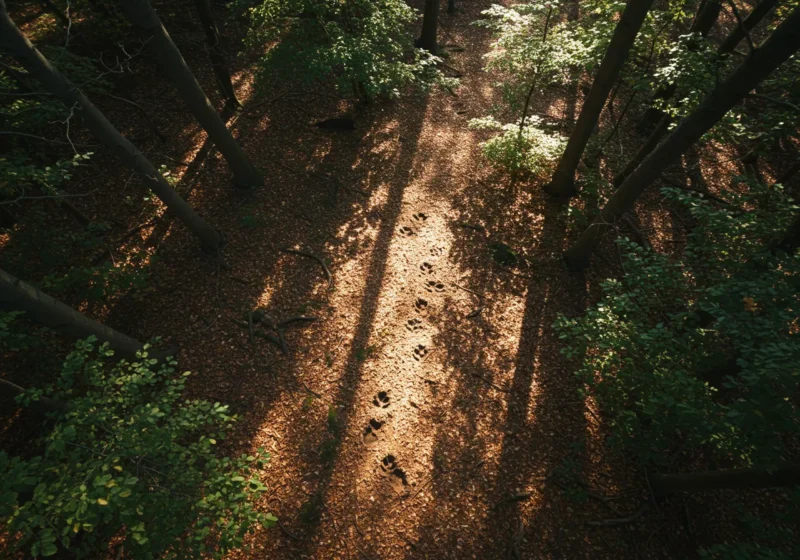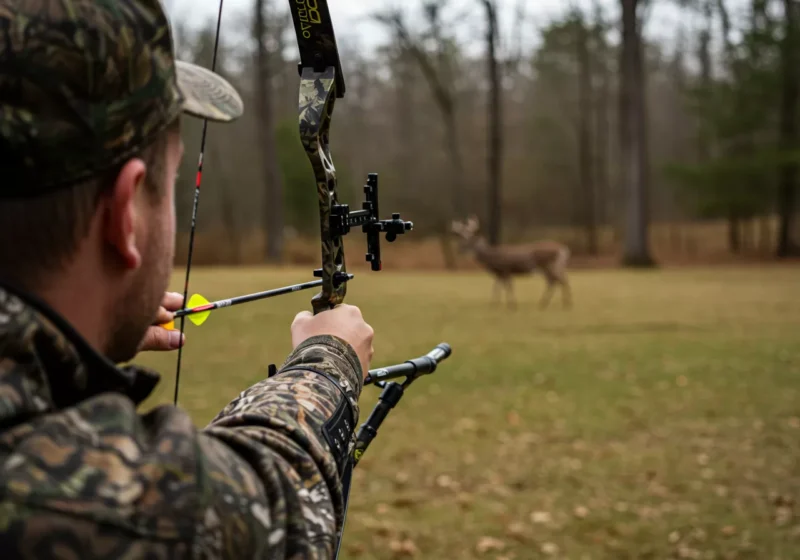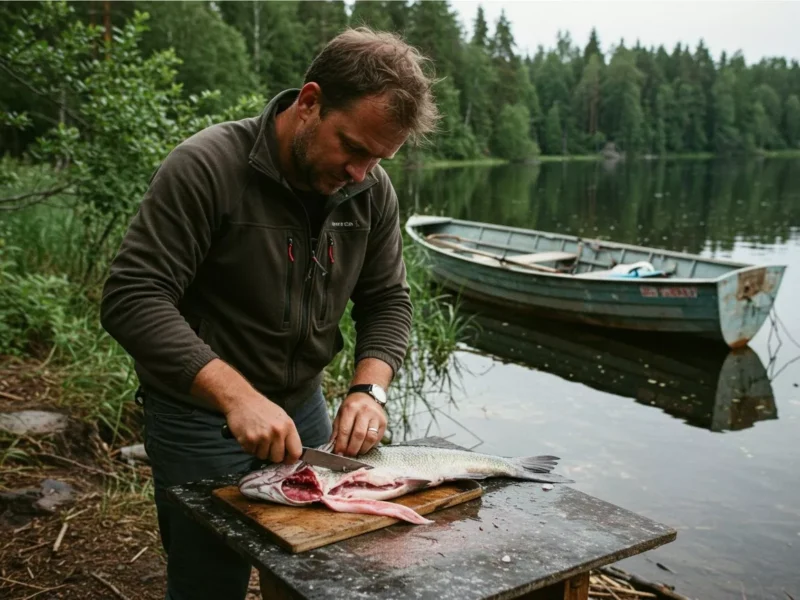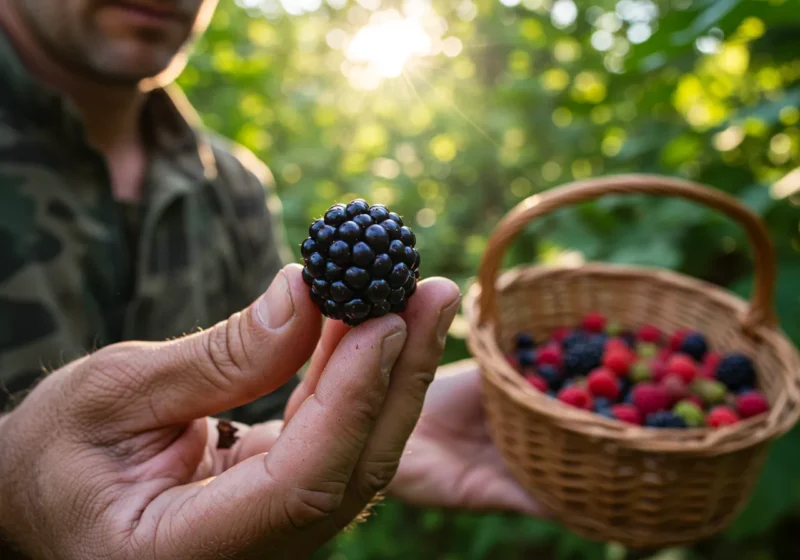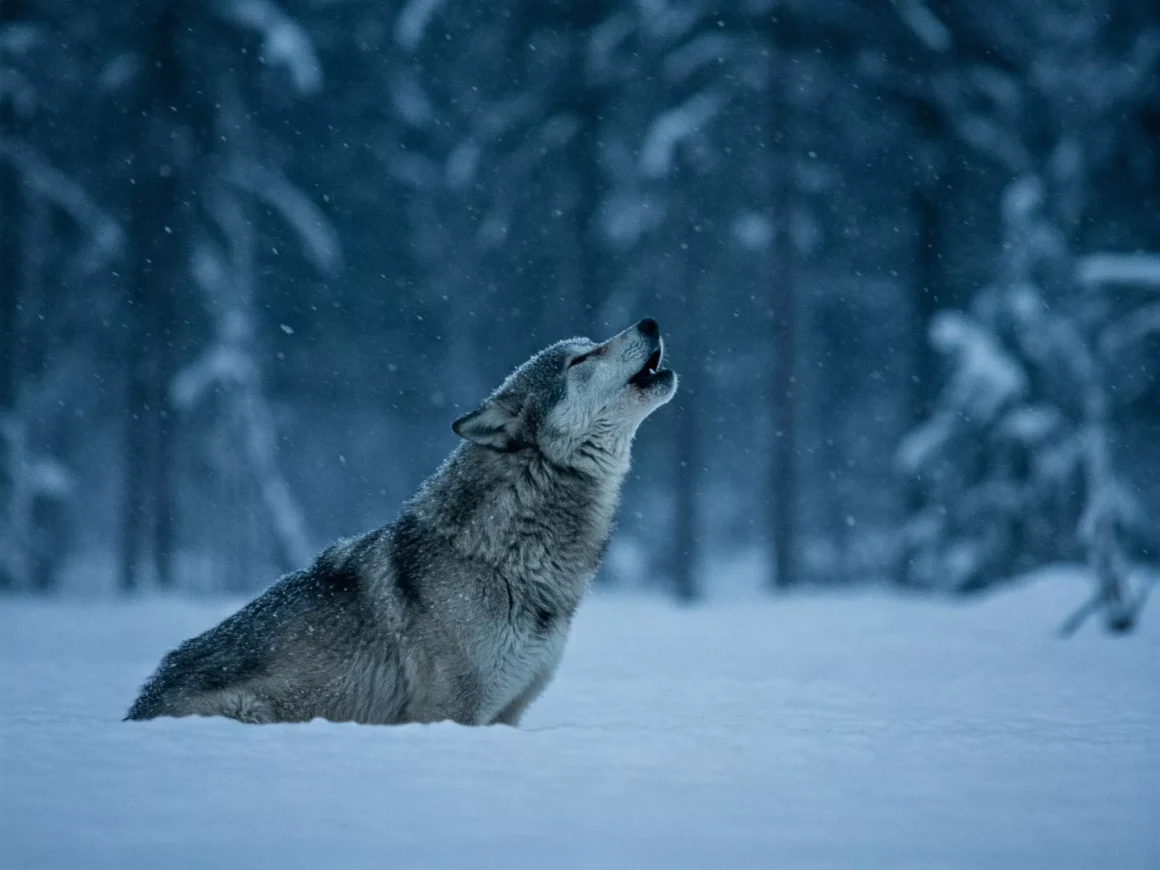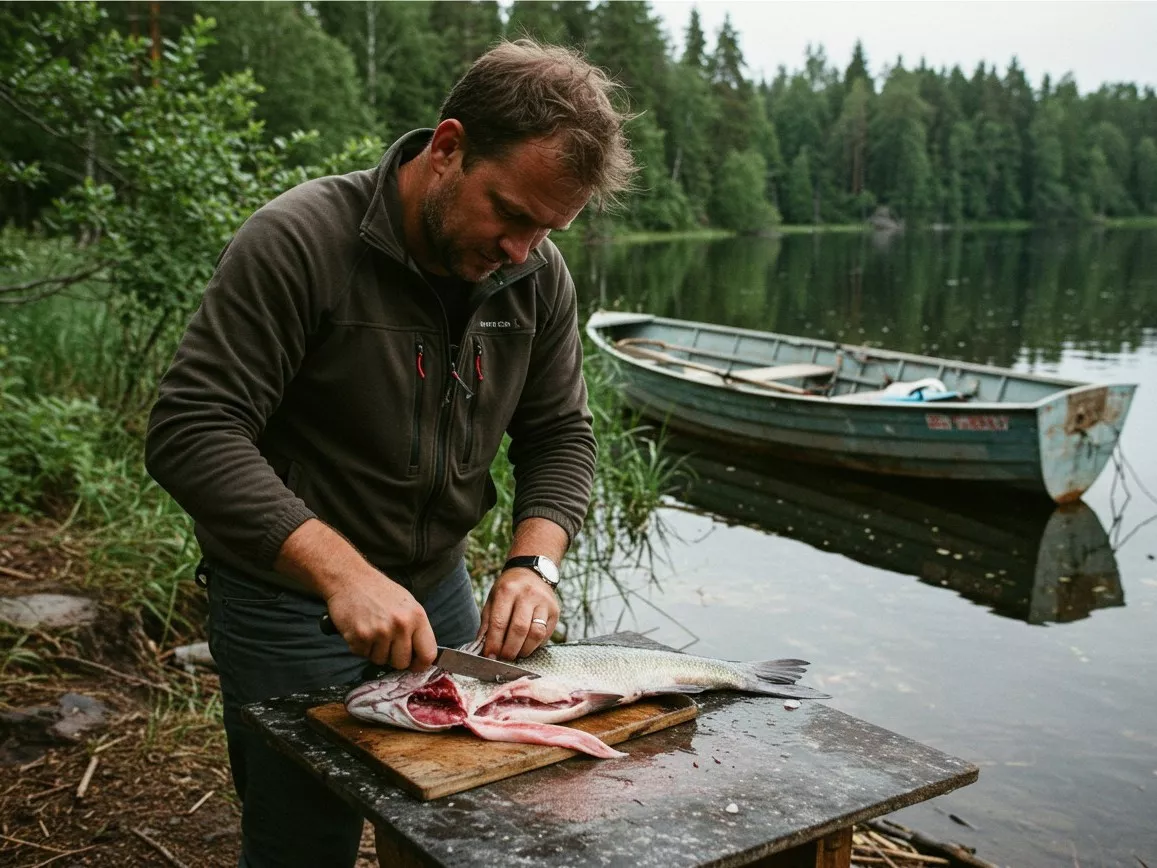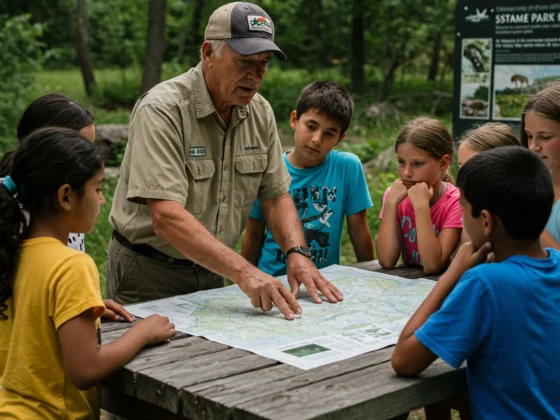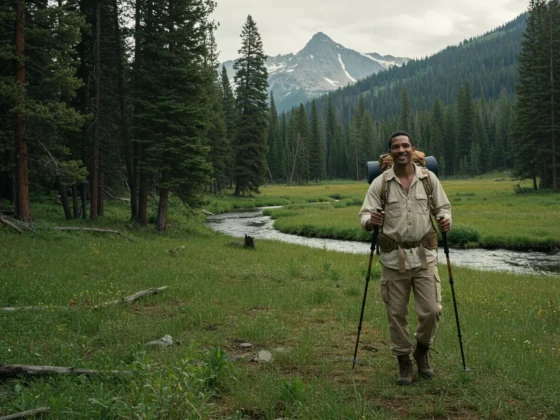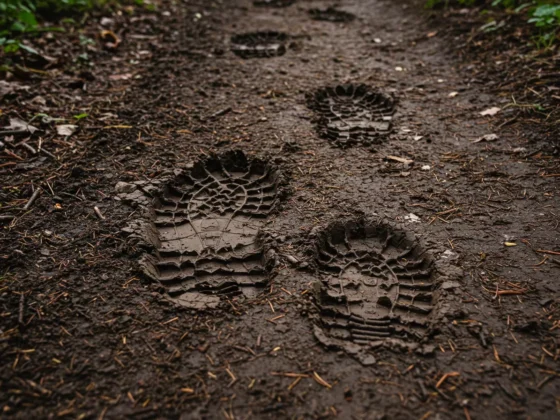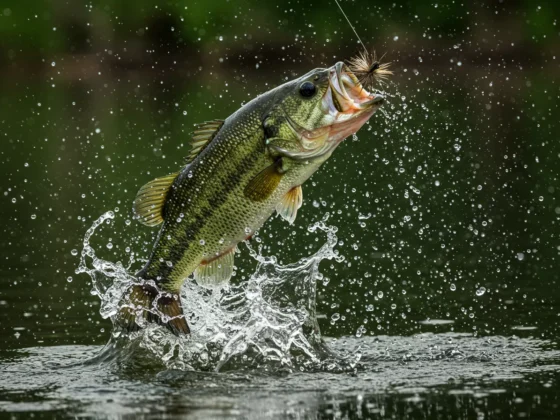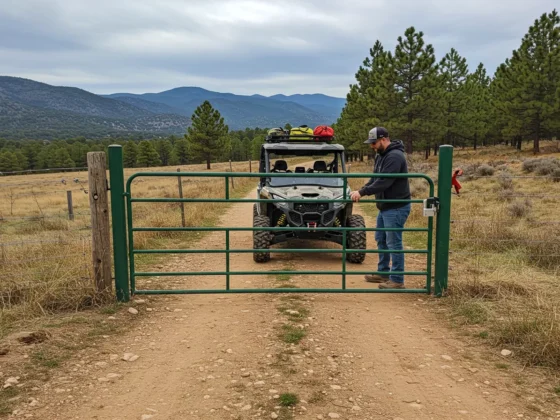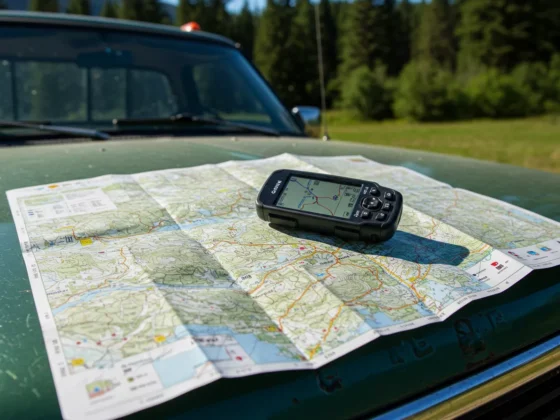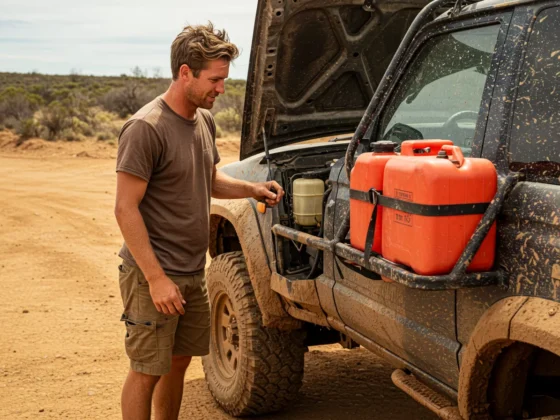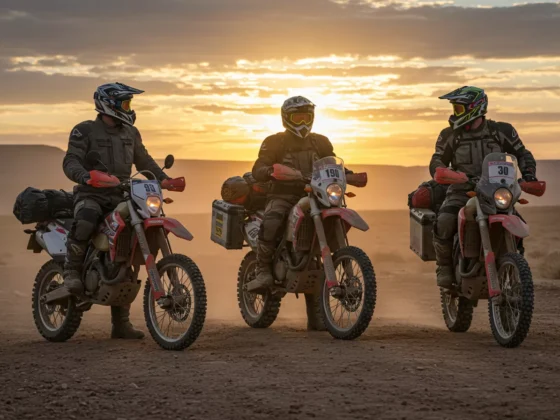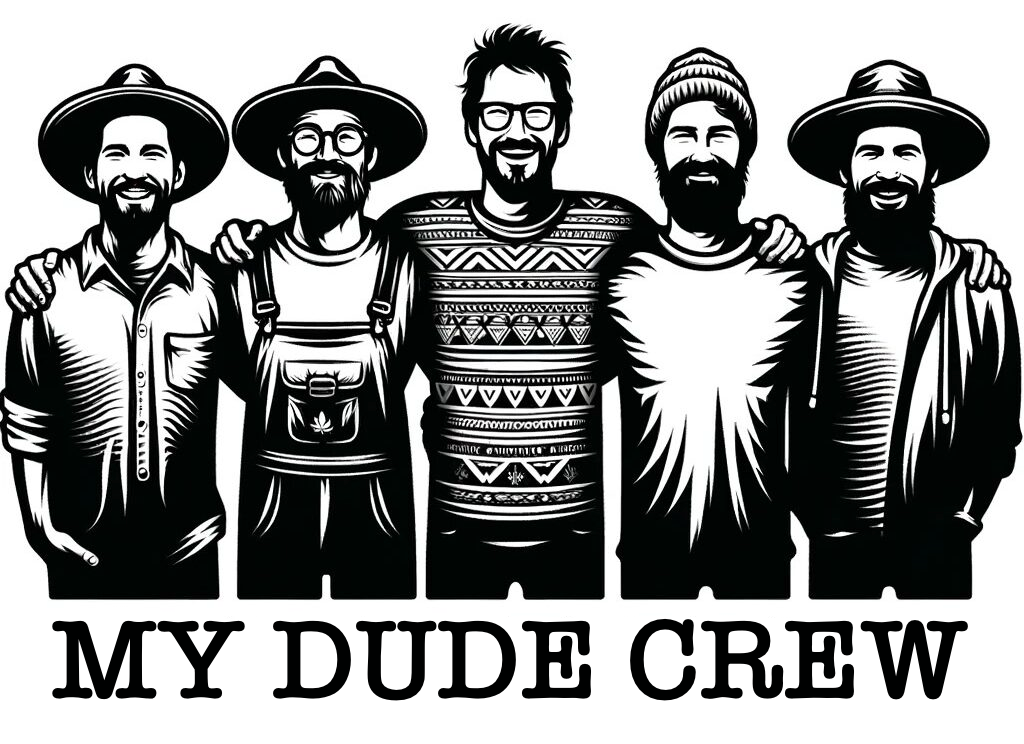There’s a deep-seated satisfaction that resonates within the soul of an outdoorsman, a connection forged through the pursuit of wild game and the responsible gathering of nature’s bounty. It’s more than just a pastime; it’s an art form honed by generations, a blend of skill, respect, and an intimate understanding of the natural world.
This pursuit, whether it involves tracking a deer through the crisp autumn woods or identifying the subtle signs of edible mushrooms after a spring rain, offers a unique and profound engagement with the landscape. It calls upon our instincts, sharpens our senses, and rewards patience with the genuine taste of the wild.
To truly master the art of the chase, one must first become fluent in the language of the land. Tracking is more than just following footprints; it’s about deciphering the subtle narratives etched in the soil, the broken twigs, and the scattered droppings. It requires an observant eye, capable of distinguishing the fresh from the old, the purposeful stride from the casual wander.
Learning to read the wind, understand animal behavior, and recognize the alarm calls of birds can transform a walk in the woods into an immersive hunt, even if no game is taken. It’s a constant lesson in humility, recognizing that we are but one small part of a much larger, intricate web of life. The more time you invest in understanding these subtle cues, the more the wilderness will reveal its secrets. Discover more about the silent language of the forest.
The privilege of harvesting wild game comes with a profound responsibility. Ethical hunting and fishing are cornerstones of the outdoorsman’s creed. This means adhering strictly to all regulations, ensuring fair chase, and showing the utmost respect for the animals we pursue. It involves understanding population dynamics, practicing proper shot placement for a clean kill, and utilizing the entire animal whenever possible.
This isn’t about domination; it’s about participating in a natural cycle with awareness and gratitude. It’s a commitment to conservation, ensuring that these resources remain for future generations to appreciate and utilize. Learn more about responsible stewardship of our natural resources.
The journey doesn’t end with a successful harvest. The process of transforming wild game from the field to the table is an integral part of the experience. It’s a hands-on connection to our sustenance, a stark contrast to the packaged products of modern grocery stores.
Knowing how to properly field dress, butcher, and prepare wild game is a skill set that connects us to a more primal way of life. From the simple satisfaction of a pan-fried trout caught that morning to the rich flavors of a slow-cooked venison stew, the rewards are both tangible and deeply personal. Explore the culinary possibilities of your next hunt.
The bounty of the wild extends beyond game animals. Forests and fields are often teeming with edible plants, berries, and fungi, offering another avenue for the observant outdoorsman to connect with nature’s provisions.
However, knowledge and caution are paramount. Proper identification is crucial to avoid toxic species, and sustainable harvesting practices ensure that these resources remain abundant for years to come. Gathering wild edibles can add a unique and flavorful dimension to your outdoor adventures and meals, fostering a deeper appreciation for the intricate ways in which nature provides. Discover the edible treasures that await.
Conclusion:
In essence, the art of the chase is a holistic endeavor, weaving together knowledge of the land, ethical practices, and the skills to utilize nature’s gifts respectfully.
It’s a journey of continuous learning, a path that deepens our connection to the wild and enriches our lives in countless ways. It reminds us of our place within the natural order and the profound satisfaction that comes from engaging with it in a mindful and responsible manner.

